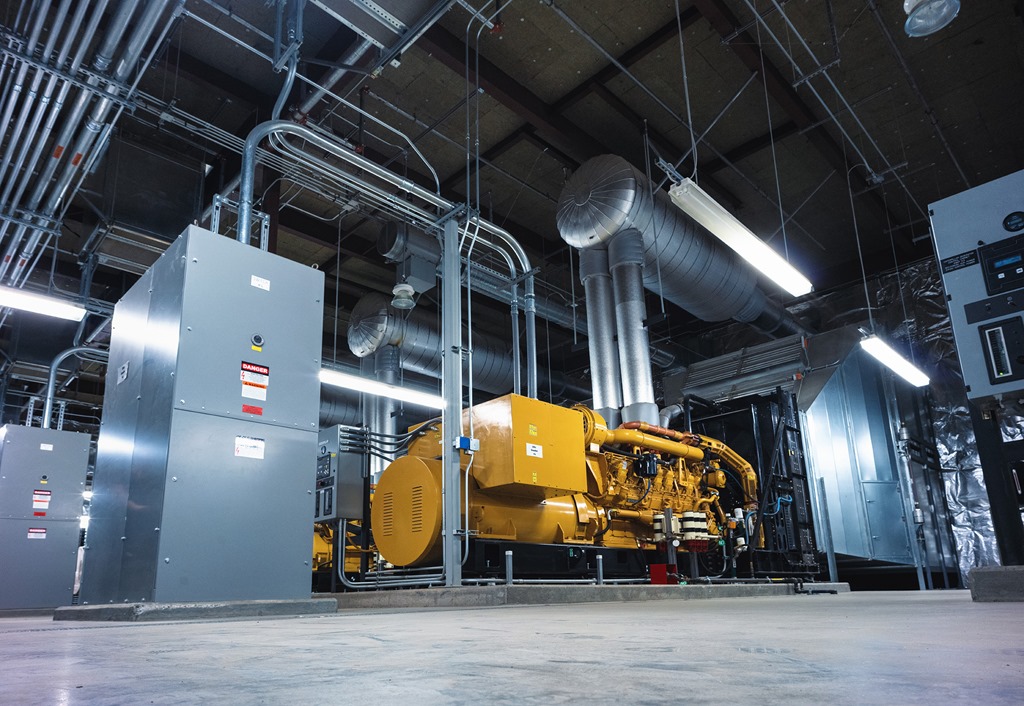27
Oct
https://azure.microsoft.com/blog/upgrade-your-network-protection-with-azure-firewall-premium/This blog has been co-authored by Suren Jamiyanaa, Program Manager II and Eliran Azulai, Principal Program Manager. We continue to be amazed by the adoption, interest, positive feedback, and the breadth of use cases customers are finding for our service.Read More
26
Oct
https://azure.microsoft.com/blog/azure-cost-management-and-billing-updates-october-2021/Whether you're a new student, a thriving startup, or the largest enterprise, you have financial constraints, and you need to know what you're spending, where, and how to plan for the future. Nobody wants a surprise when it comes toRead More
25
Oct
https://azure.microsoft.com/blog/microsoft-named-a-leader-in-the-2021-gartner-magic-quadrant-for-industrial-iot-platforms/As industries around the world accelerate their digital transformation to reduce operational expenses, create new service offerings, and achieve sustainability goals, industrial IoT platforms are playing a foundational role. Microsoft is deeply committed to helping the world's industries achieve theseRead More
21
Oct
https://azure.microsoft.com/blog/join-us-on-azure-iaas-day-learn-to-increase-agility-and-resiliency-of-your-infrastructure/ If cloud infrastructure is part of your IT strategy, you’ll want to join us this November for the brand new, free digital event, Azure IaaS Day. Tailored for IT infrastructure professionals and solution architects, the event will take placeRead More
19
Oct
https://azure.microsoft.com/blog/the-enclave-device-blueprint-for-confidential-computing-at-the-edge/A major milestone towards making confidential computing in IoT mainstream for privacy and safety. In collaboration with Arm® Technologies and Scalys BV, we are announcing the immediate availability of the Enclave Device Blueprint to help towards making confidential computing aRead More
18
Oct
https://azure.microsoft.com/blog/empower-an-adaptive-it-environment-for-people-processes-and-culture-with-inside-azure-for-it/In July, we announced Inside Azure for IT, an online technical skilling resource designed for cloud professionals to transform their IT operations with Azure best practices and insights. The team here has been so inspired by how many of youRead More
14
Oct
https://azure.microsoft.com/blog/humana-leverages-microsoft-cloud-for-healthcare-to-develop-advanced-predictive-models/This blog post has been co-authored by Slawek Kierner, SVP of Enterprise Data & Analytics, Humana and Tie-Yan Liu, Assistant Managing Director, Microsoft Research China. Using AI models to make real-world impact Trips to the hospital happen. And while everyone inRead More
01
Jun

Today, Azure announces the general availability of Azure ND A100 v4 Cloud GPU instances—powered by NVIDIA A100 Tensor Core GPUs—achieving leadership-class supercomputing scalability in a public cloud. For demanding customers chasing the next frontier of AI and high-performance computing (HPC), scalability is the key to unlocking improved Total Cost of Solution and Time-to-Solution.
Simply put, ND A100 v4—powered by NVIDIA A100 GPUs—is designed to let our most demanding customers scale up and scale out without slowing down.
Benchmarking with 164 ND A100 v4 virtual machines on a pre-release public supercomputing cluster yielded a High-Performance Linpack (HPL) result of 16.59 petaflops. This HPL result, delivered on public cloud infrastructure, would fall within the Top 20 of the November 2020 Top 500 list of the fastest supercomputers in the world, or top 10 in Europe, based on the region where the job was run.
Measured via HPL-AI, an artificial intelligence (AI) and machine learning (ML)-focused High-Performance Linpack variant, the same 164-VM pool achieved a 142.8 Petaflop result, placing it among the world’s Top 5 fastest known AI supercomputers as measured by the official HPL-AI benchmark list. These HPL results, utilizing only a fraction of a single public Azure cluster, rank with the most powerful dedicated, on-premises supercomputing
01
Jun

Whether you’re a new student, a thriving startup, or the largest enterprise, you have financial constraints, and you need to know what you’re spending, where, and how to plan for the future. Nobody wants a surprise when it comes to the bill, and this is where Azure Cost Management and Billing comes in.
We’re always looking for ways to learn more about your challenges and how Azure Cost Management and Billing can help you better understand where you’re accruing costs in the cloud, identify and prevent bad spending patterns, and optimize costs to empower you to do more with less. Here are a few of the latest improvements and updates based on your feedback:
Expanded support for cost allocation across APIs and downloads. Management group exports in Azure Government. Reminder: Cloudyn retiring on June 30. Selecting relative dates in the cost analysis preview. Help improve usability for Azure reservation and savings features. What’s new in Cost Management Labs. New ways to save money with Azure. New videos and learning opportunities. Documentation updates.
Let’s dig into the details.
Expanded support for cost allocation across APIs and downloads
From
31
May

In July 2020, we announced our goal to eliminate our dependence on diesel fuel for backup power in our datacenters by 2030. This is in addition to our commitment to having a 100 percent supply of renewable energy procured for our datacenter operations by 2025. Reliable backup power is essential to our customer promise—delivering highly available, reliable, and scalable cloud services. Many critical industries, governments, and institutions depend on the Microsoft cloud to support essential operations, even when events such as extreme weather interrupt the primary energy supply.
Generators at datacenters, most often powered by petroleum-based diesel, play a key role in delivering reliable backup power. Each of these generators is used for no more than a few hours a year or less at our datacenter sites, most often for routine maintenance or for backup power during a grid outage. Diesel fuel accounts for less than 1 percent of Microsoft’s overall emissions, but finding solutions to reduce reliance on traditional diesel fuels represents a substantial contribution to the technology pathways necessary for deep decarbonization. The most immediate opportunity to reduce the use of traditional diesel fuels is to validate and implement alternative, lower-carbon fuel sources for our generators.